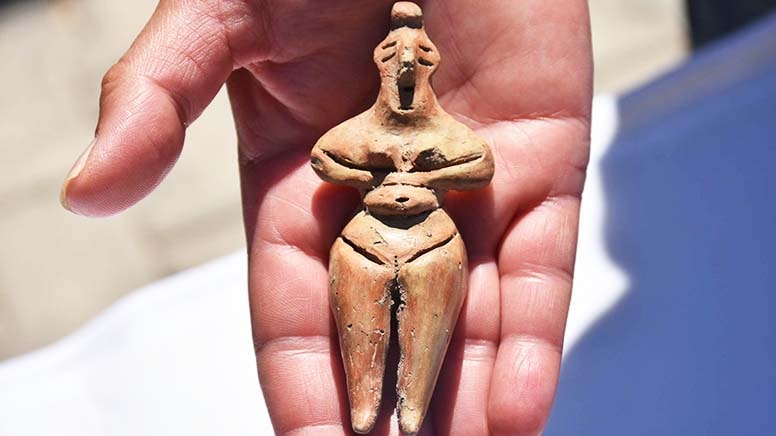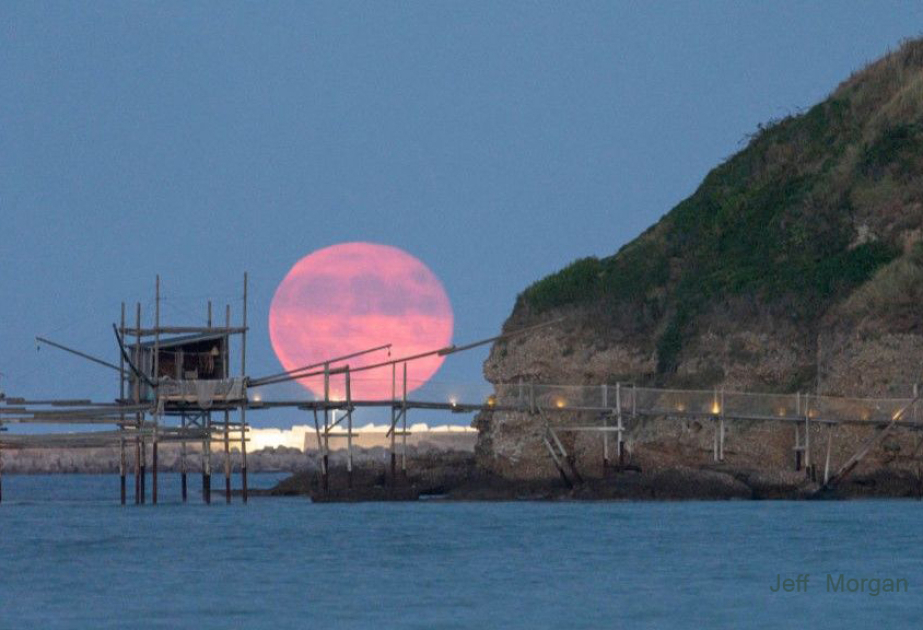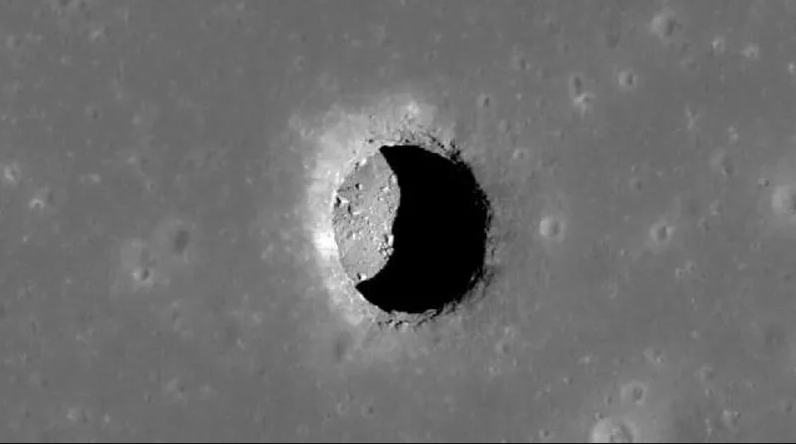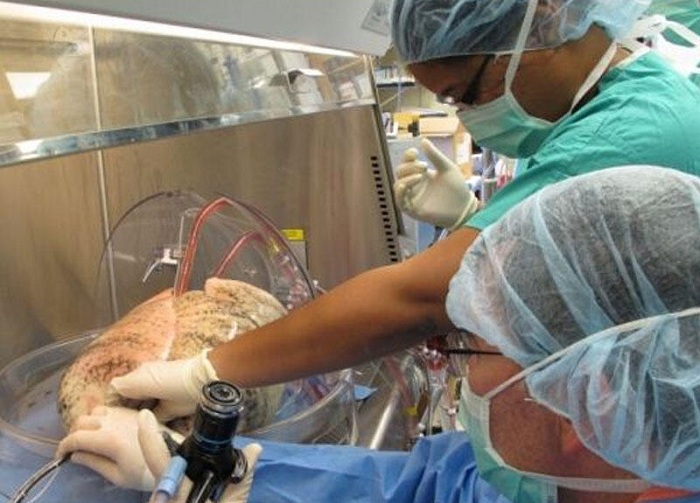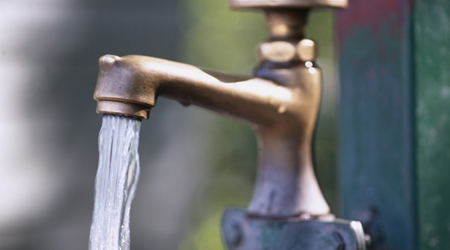
- A-
- A
- A+
Solar still made of bubble wrap could purify water for the poor
Solar stills can make tainted water or seawater fit to drink. But to produce more than a trickle, devices typically require expensive lenses or other equipment. Not anymore. Today, researchers report that they’ve created a cheap solar still from bubble wrap and other simple materials.
Solar stills have been used for thousands of years. The most basic versions are water-filled vessels with black bottoms that absorb the sun’s rays, increasing evaporation of the water inside. Glass or other clear material on top captures the vapor, and the condensate drips into a collection vessel. To speed up this process, modern versions use lenses or mirrors to collect about 100 times more sunlight. But the high cost of these solar concentrators, typically on the order of $200 per square meter, makes them unaffordable for many people.
Two years ago, researchers led by Gang Chen, a mechanical engineer at the Massachusetts Institute of Technology in Cambridge, unveiled an efficient solar absorber made from a layer of graphite on floating carbon foam. The two layers were perforated, allowing the water below to wick up to the graphite, where it was warmed by the sun. The device worked, but much of the energy in the sunlight radiated away. To boil water, the still needed additional devices to concentrate 10 times the ambient sunlight to overcome the infrared losses.
Chen and his colleagues wanted to do away with the extras. They kept their idea of a spongy insulator floating on water. For their current experiment, the researchers replaced the graphite solar absorber with a thin layer of a bluish metal and ceramic composite material used in commercial solar water heaters. This material selectively absorbs visible and ultraviolet rays from the sun, but it doesn’t radiate heat in the infrared. Between this layer and the foam, they placed a thin sheet of copper, an excellent heat conductor. The researchers then punched holes through the sandwichlike layers as before.
A problem remained. Much of the energy absorbed by the composite was being swept away by convection, heat lost to the air moving above the still’s top surface. The fix came from Chen’s 16-year-old daughter, who was designing a cheap greenhouse for a science fair experiment. She found that a top layer of bubble wrap acted as an excellent insulator. So Chen and his student George Ni covered their solar still in bubble wrap. And in today’s issue of Nature Energy they report that their setup allowed them to boil and distill water with no extra solar concentrator. Down the road, Chen estimates that this will allow them to make large-area solar stills for about one-twentieth the cost of conventional technology.
“This work certainly represents a key step forward,” write materials scientists Wen Shang and Tao Deng from Shanghai Jiao Tong University in China in a commentary accompanying the report. Chen believes the low-cost apparatus could help purify wastewater near fracking sites, for example. Typically, companies work to evaporate water from wastewater ponds to concentrate and remove the contaminants. A cheap solar sponge could speed the cleanup.
To be useful for desalination or other drinking water applications, the device needs another plastic or glass layer on top to collect the water vapor. This could increase the system’s efficiency by trapping more heat and boosting evaporation, Chen says.
Creating a purification system would be no small task. Chen estimates it would require 20 to 40 square meters of the solar still material to provide 50 liters of water per day, the minimum that United Nations says a person needs for daily life.
Similar News
Links
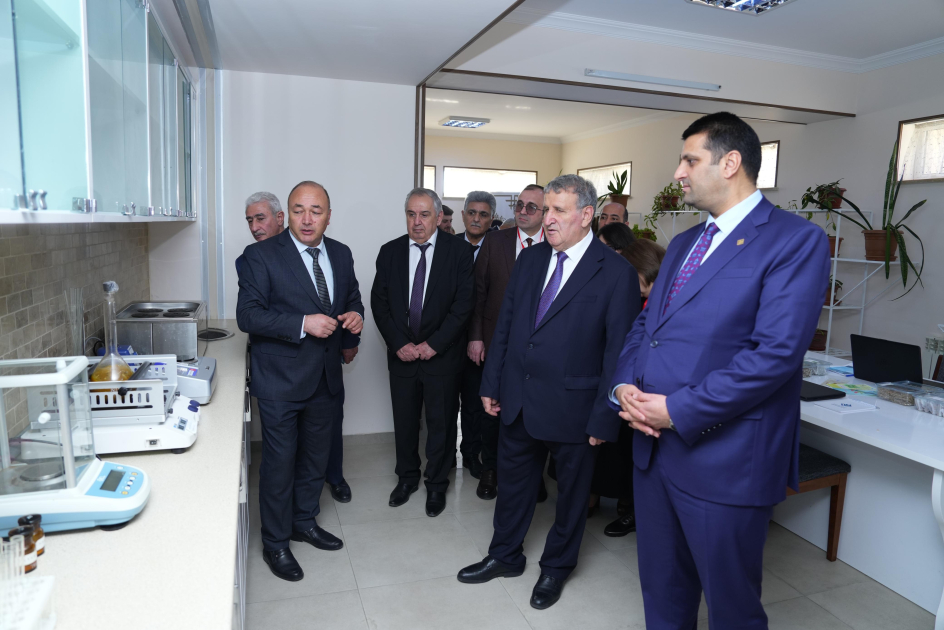


 Elm TV
Elm TV
 Photo
Photo
 Video
Video
